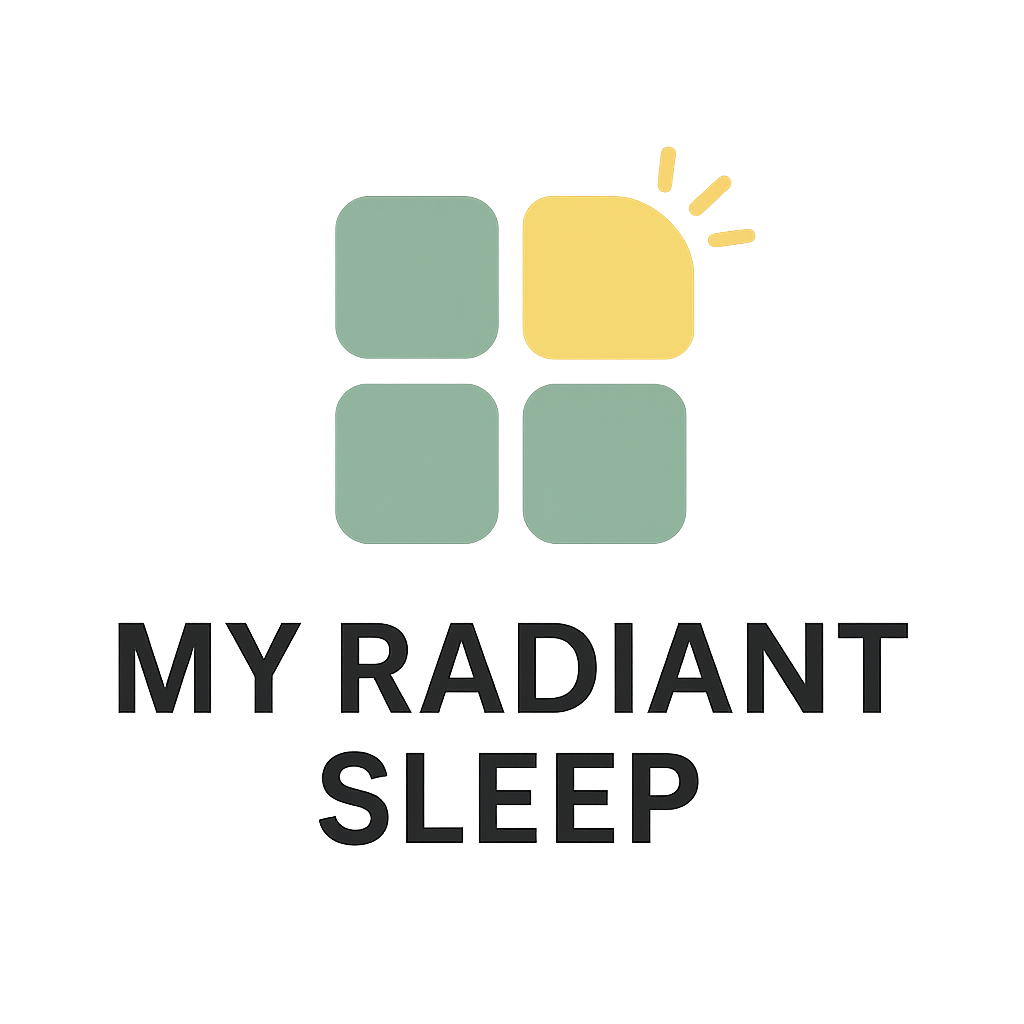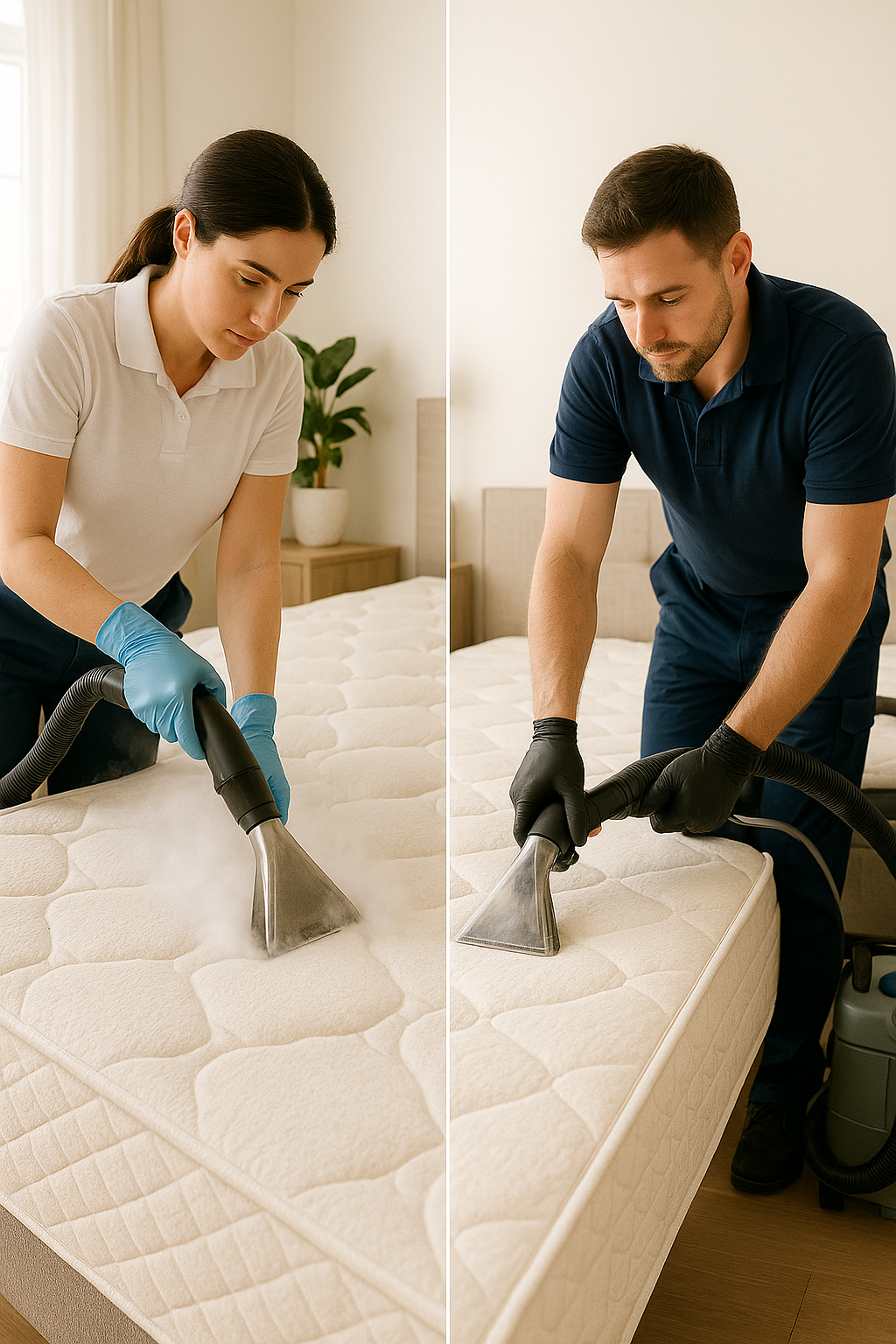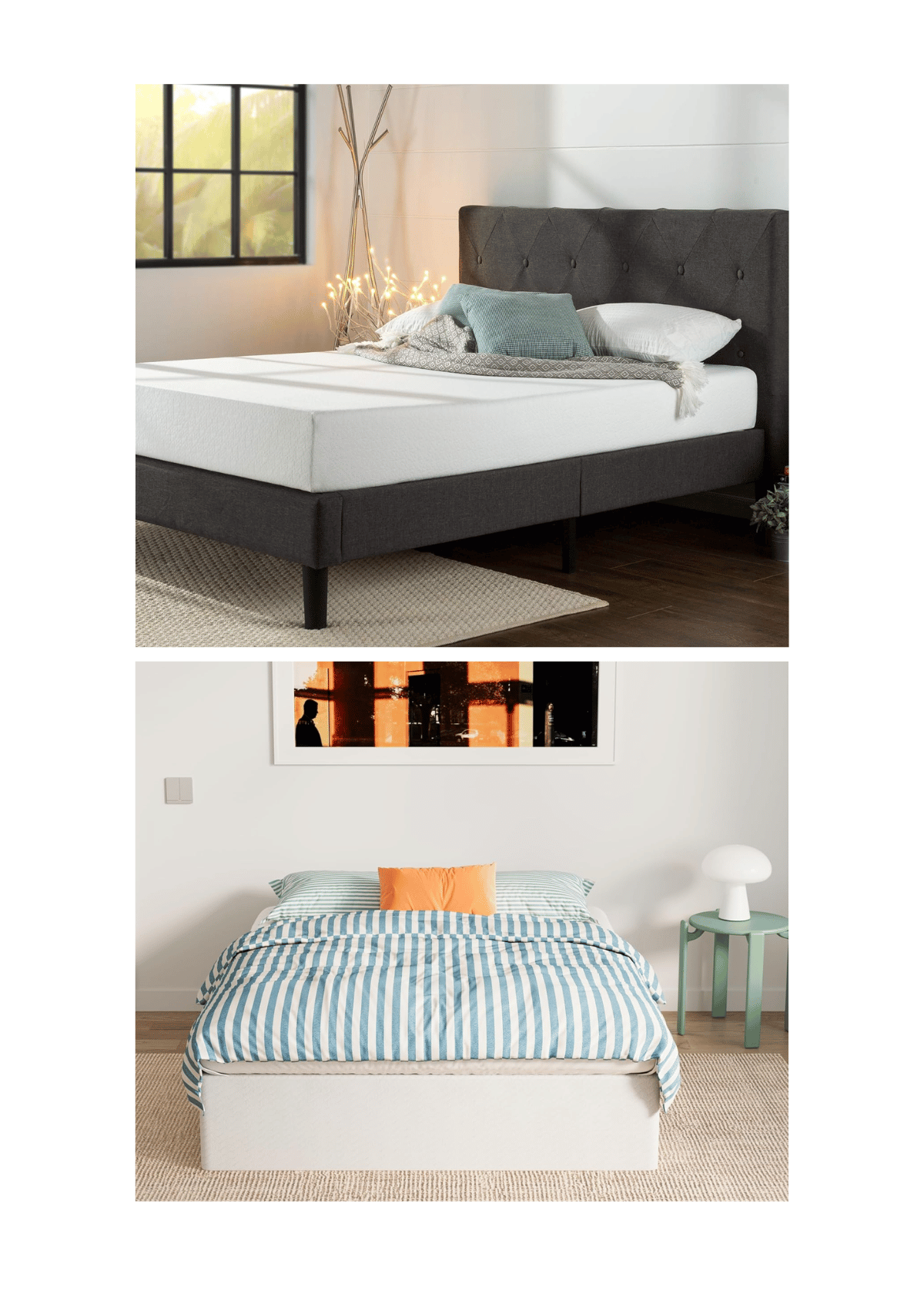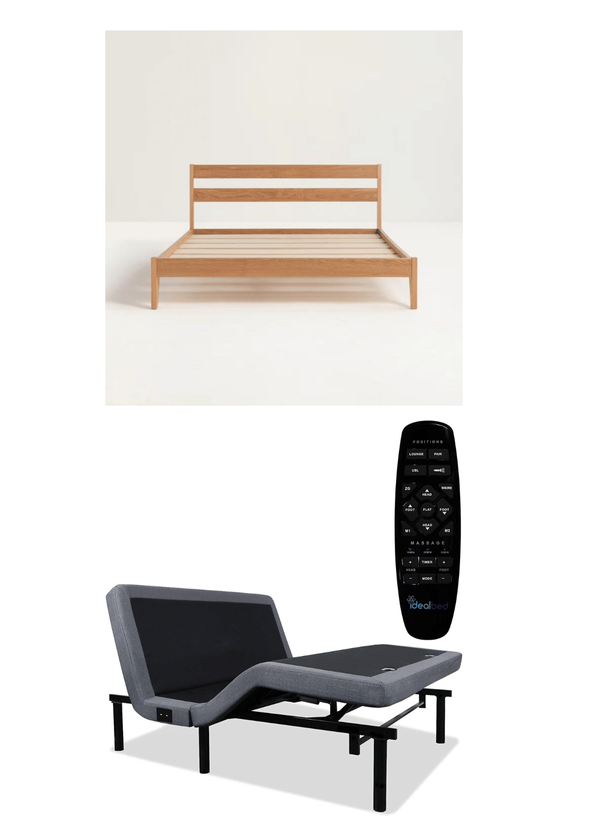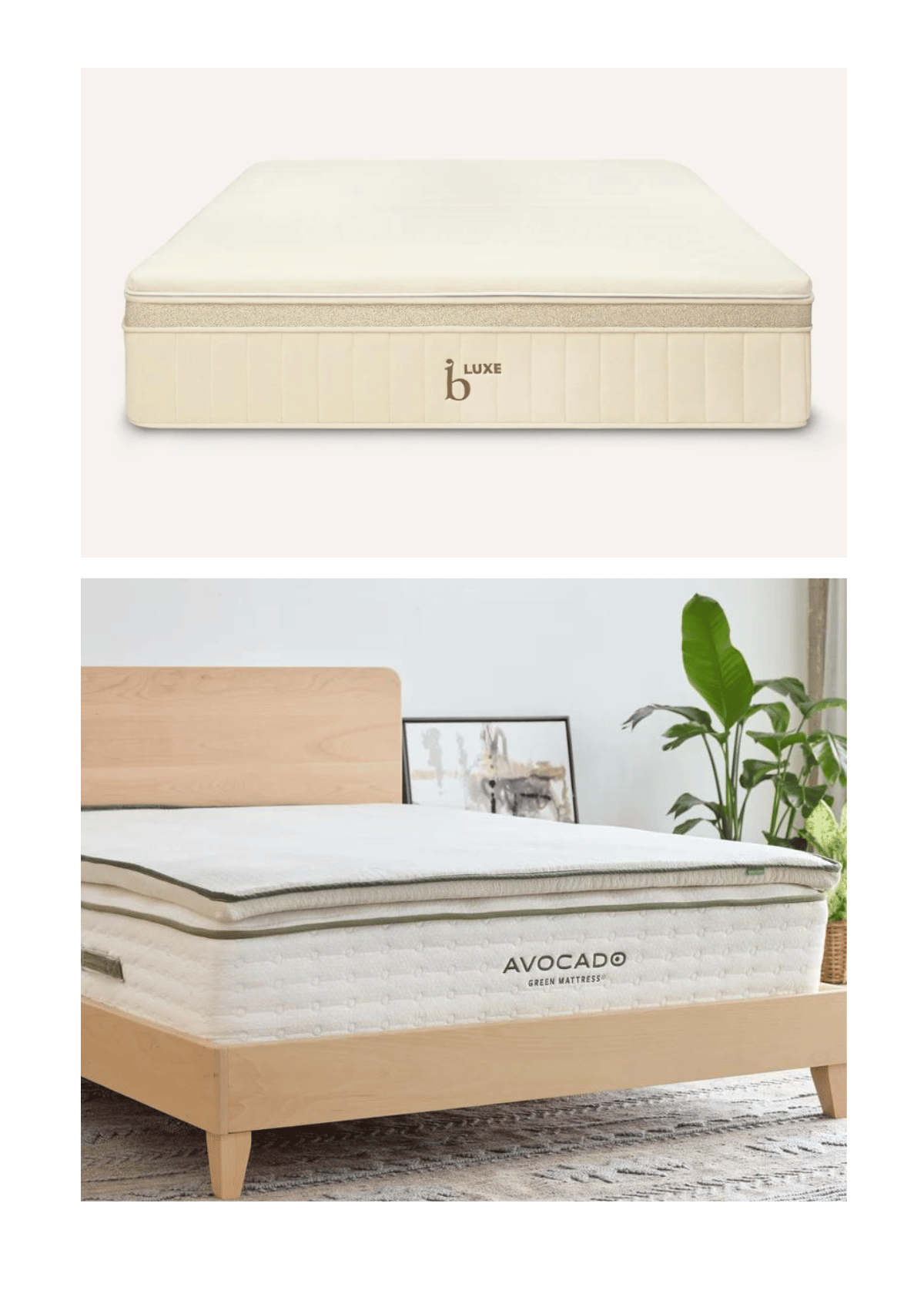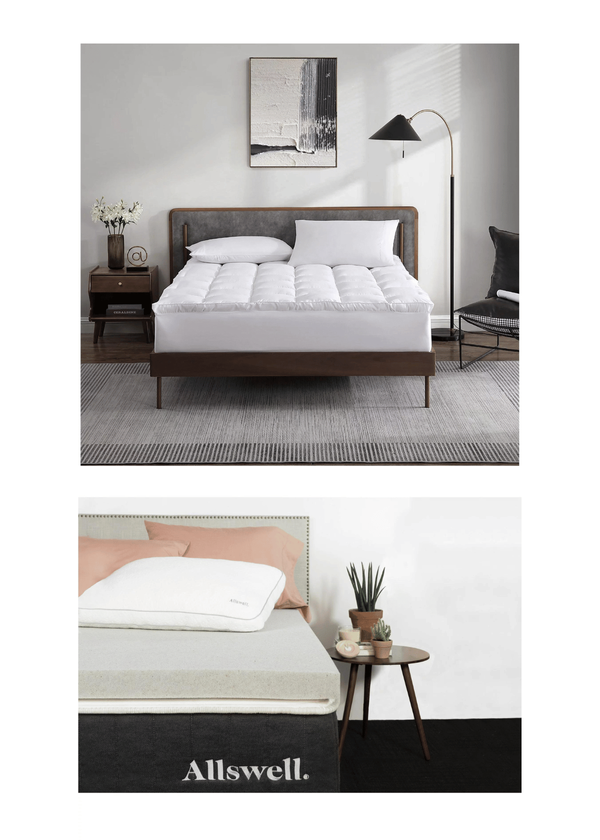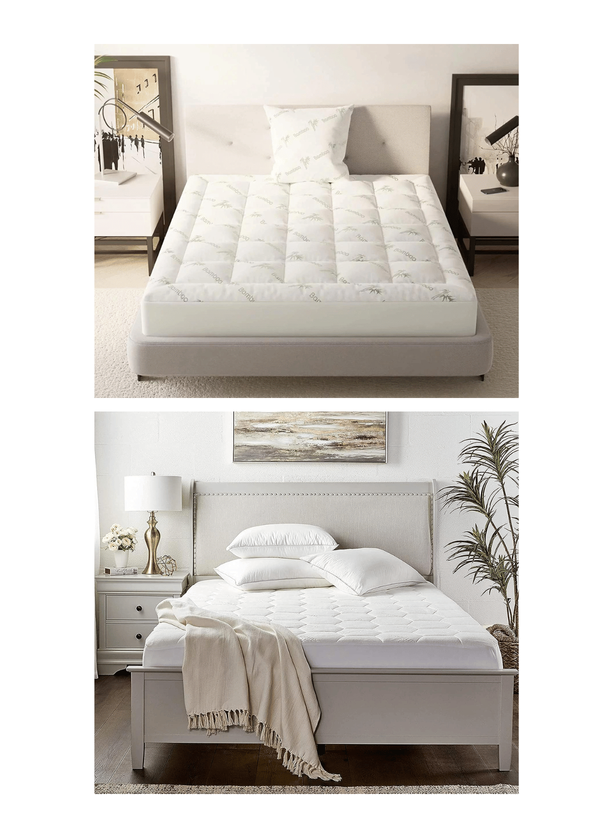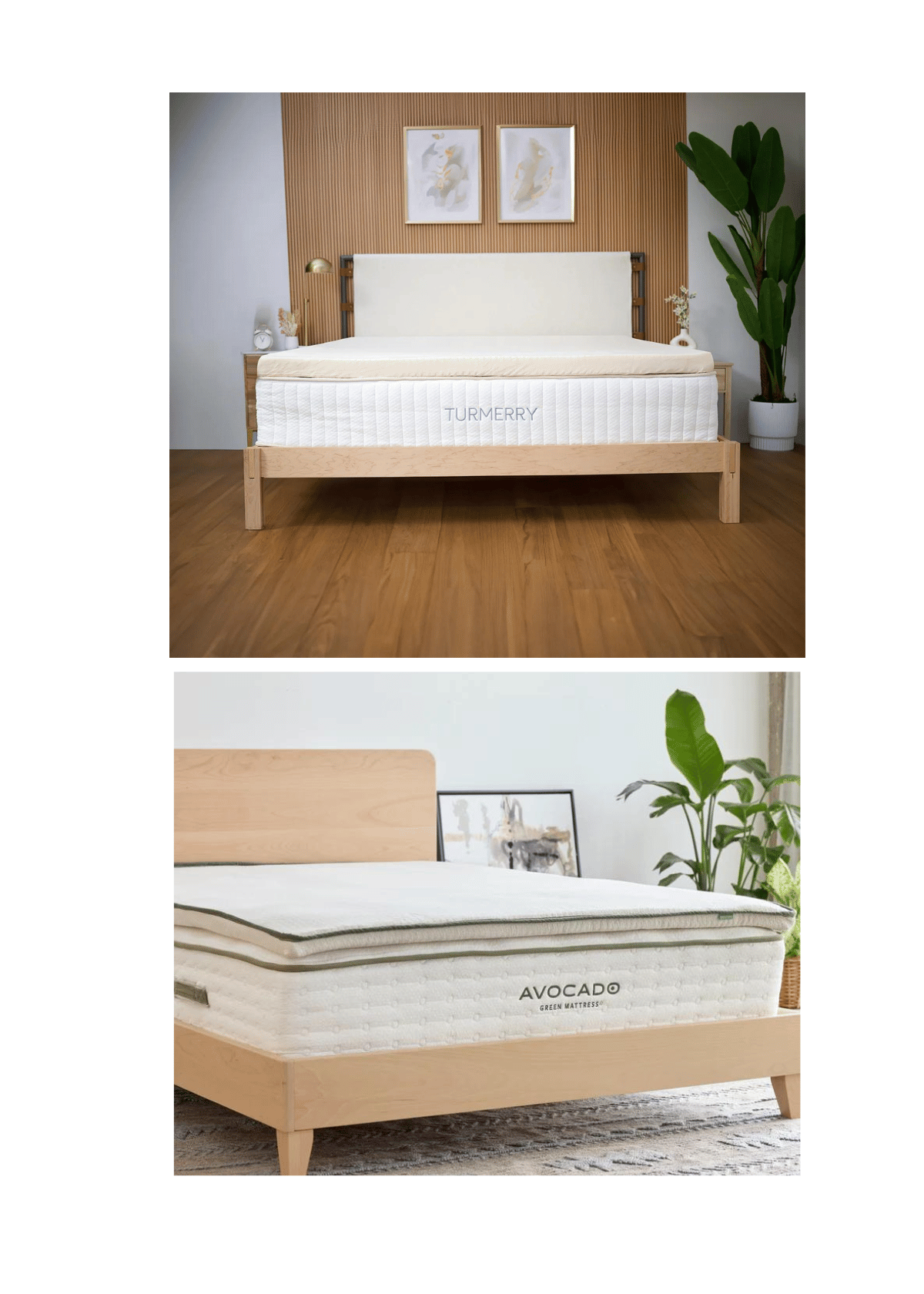(Last Update: 07/13/2025)
Have you ever wondered how to clean your mattress properly?
In this step-by-step guide, I'll share the best expert tips to help you keep your mattress fresh and hygienic.
A fresh mattress enhances sleep quality, provides a clean and comfortable environment, reduces allergens, and promotes better health, ensuring restful and rejuvenating nights.
You'll find everything you need here, from tackling stains to eliminating odors.
Let's dive into the steps and techniques you can use to ensure a clean, comfortable sleeping environment.
I've covered you whether you need a routine refresh or a deep clean. Ready to get started? Let's go!
Section 1: The Different Mattress Stains
Why Regular Cleaning of your mattress is Important
Mattress cleaning is an often overlooked yet vital part of home maintenance. Regular basis cleaning is key to extending your mattress's life and ensuring a hygienic sleep environment.
Over time, mattresses can accumulate allergens like dust mites and fungal spores, triggering allergies and respiratory problems. So, it would be best to tackle odors by properly caring for your bedding.
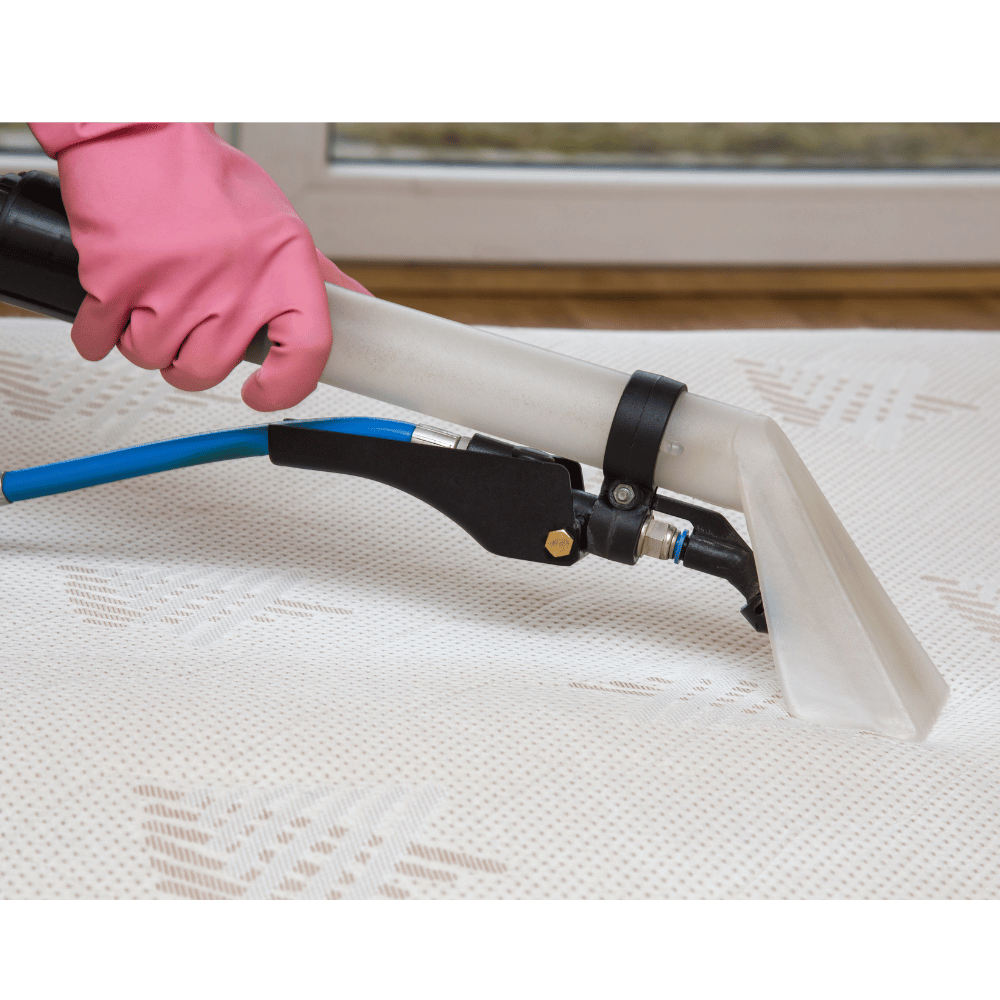
Understanding Different Types of Mattress Stains
- Different types of stains on your mattress require different cleaning methods. The most common stains are sweat and body oils, accidental spills like food and drink, and biological fluids like urine.
- Understanding the nature of these tough stains is key to effectively preserving your mattress's quality.
Sweat and Body Oils
- Sweat and body oils can seep into your latex or memory foam mattress over time, creating yellowish stains and unpleasant odors.
- These organic materials are protein-based and can be stubborn to remove without the right cleaning solution, often requiring enzymatic cleaners to break them down.
Learn how bed-in-a-box shipping methods influence cleaning frequency and unpacking routines.
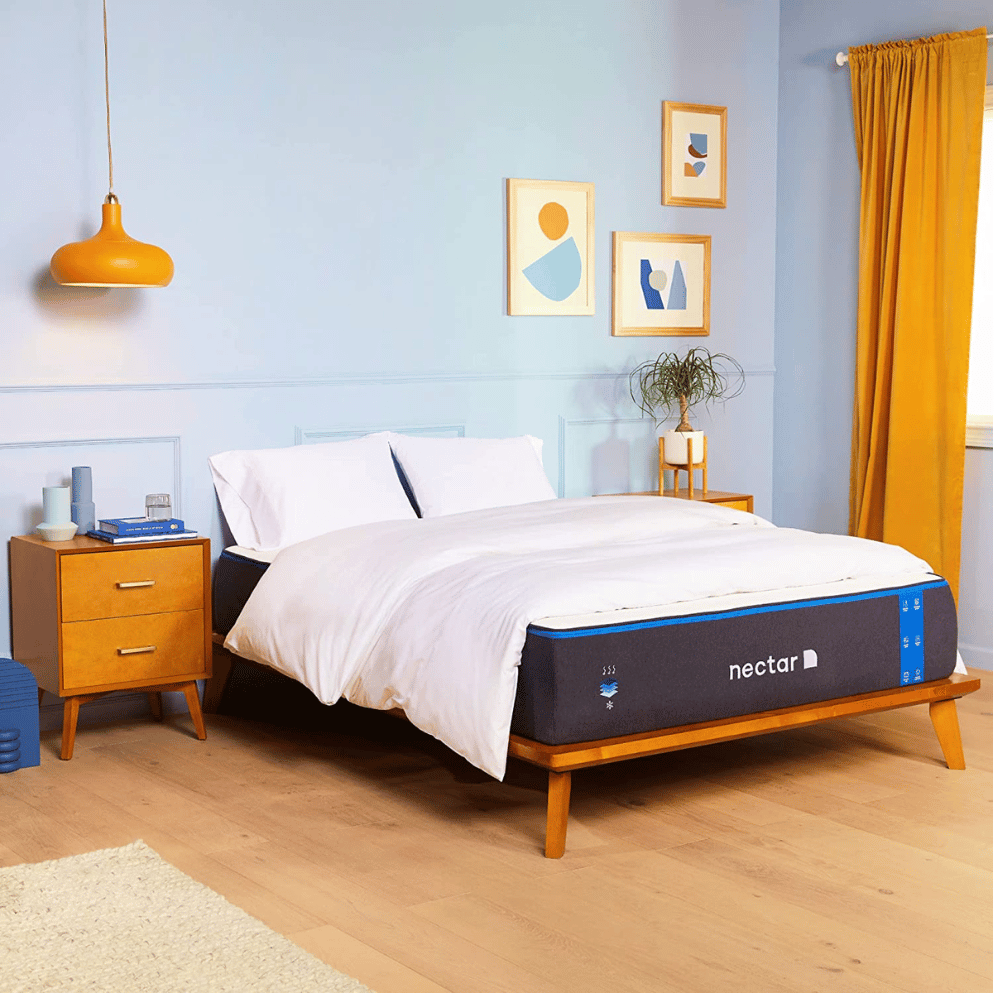
Urine and Other Accidents
- If not properly cleaned, urine, vomit, and other biological accidents can cause yellow stains and lead to bad odors and bacterial growth.
- Immediate treatment of yellow stains is key, and enzymatic cleaners are effective.
- Baking soda helps neutralize odors, absorb moisture, and remove mattresses' stains.
- Sprinkle baking soda for a fresh scent and cleaner surface.
Explore how a clean mattress supports the perfect sleep environment with pillows and bedding.
Spilled Food and Drink
- Food and drink spills can cause various types of stains. Sugary drinks, baking soda, red wine, and sauces can leave dark spots or colored stains that might require specific stain removers. Therefore, prompt cleaning is crucial to keeping everything fresh.
- For the best results, focus on the stained area first. Blot spills immediately, then apply a gentle cleaner. This prevents stains from setting in.
Mattresses often suffer from common stains like urine, sweat, vomit, blood, and pet dander. Urine stains, in particular, can seep deep into layers—especially problematic on memory foam—and cause lingering odors.
Meanwhile, pet dander and dust mites accumulate from natural shedding and can worsen allergies and asthma.
Identifying the stain type helps you choose the right cleaning method—enzymes for biological stains or a mixture of baking soda and white vinegar for general cleansing.
Discover the best mattress trial periods and warranties that protect your investment during and after professional mattress cleaning.
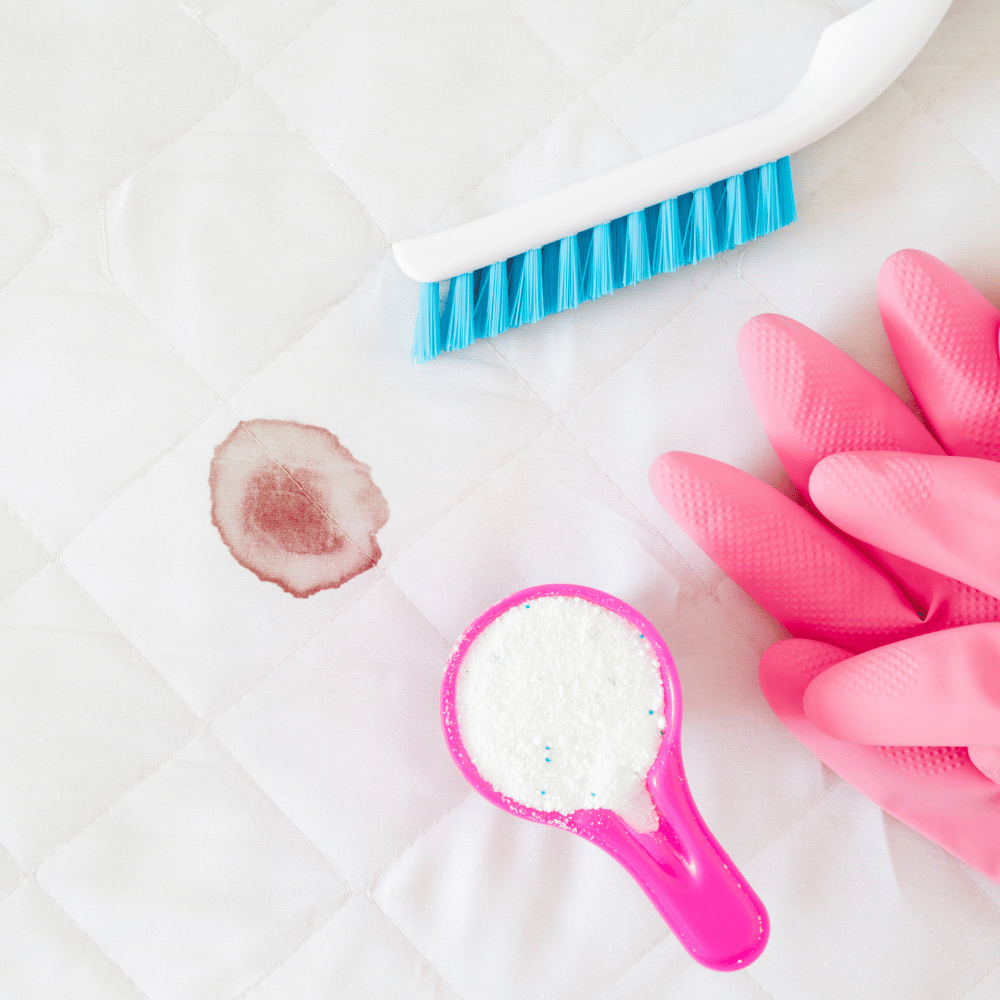
Section 2: Cleaning Procedures and Stains Removers
How to Vacuum Your Mattress from dust mites or Allergens?
- First, double-check the mattress label for instructions. Then, vacuum the bed thoroughly using your front upholstery cleaner attachment.
- This helps remove loose particles, dust mites, and allergens, keeping the entire surface of your mattress fresh and allergen-free.
Dealing with Fresh Spills
- Immediate action is key when dealing with fresh spills. First, could you blot the area with a dry cloth to soak up the spill? To keep your mattress clean, vacuum it regularly to remove dust and allergens.
- Avoid rubbing or scrubbing, as this can push the spill deeper into the mattress. Instead, after blotting, treat the area with an appropriate cleaner for the type of spill. Next, rinse lightly with cold water and blot dry.
Understand how mattresses impact sleep quality and overall health, especially when regularly cleaned and maintained.
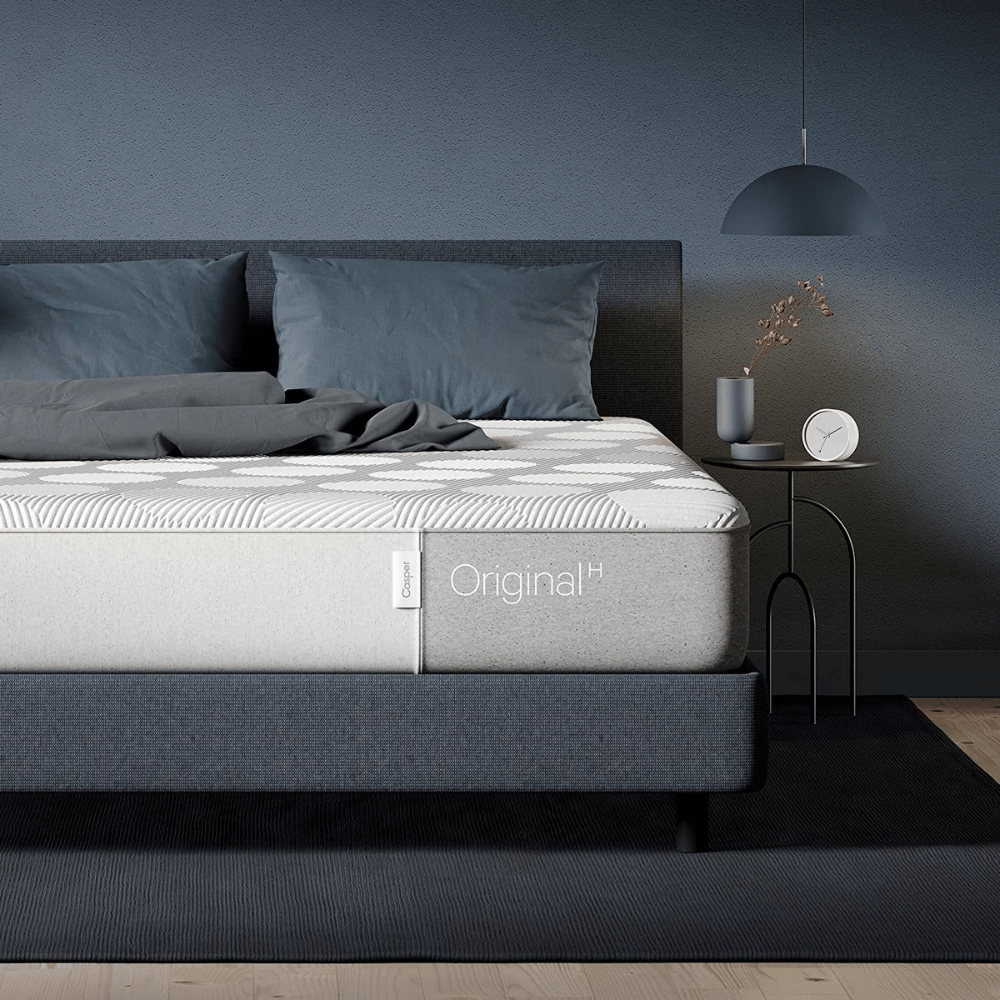
Best Serums to Treat Dead Skin Cells for Glowing Skin
- To protect the cleanliness of your mattress, Vitamin C serum can help protect the face from discoloration and brighten the radiant complexion. Clean and spot-treat stains with a mild detergent and water solution for a deeper mattress.
- It is suitable for any skin type, from normal to sensitive. It pairs antioxidants with hydratants like hyaluronic acid, rose oil, and ceramides.
Use the vitamin C serum to examine exfoliation and remove wrinkles or deep pore size. A lightweight formula smooths and smoothens skin and improves skin texture.
Vacuum your mattress regularly to keep things fresh. This removes dirt and dust that accumulate over time, ensuring a clean sleeping environment for most people.
Review expert bed frame assembly advice to ensure easy access underneath for thorough mattress cleaning.

Best Face Masks for Glowing Skin?
- Mattress can be dirty because of your type of skincare. You can use this product threefold. First, whatever you choose, the balm-to-oil for facial massage formula will restore a moisture barrier and leave the skin barrier of your face soft and smooth.
- Second, this overnight mask contains a powerful combination of vitamins, moisturizer, and antioxidants to give hydrated skin a smooth, bright, and hydrated glow.
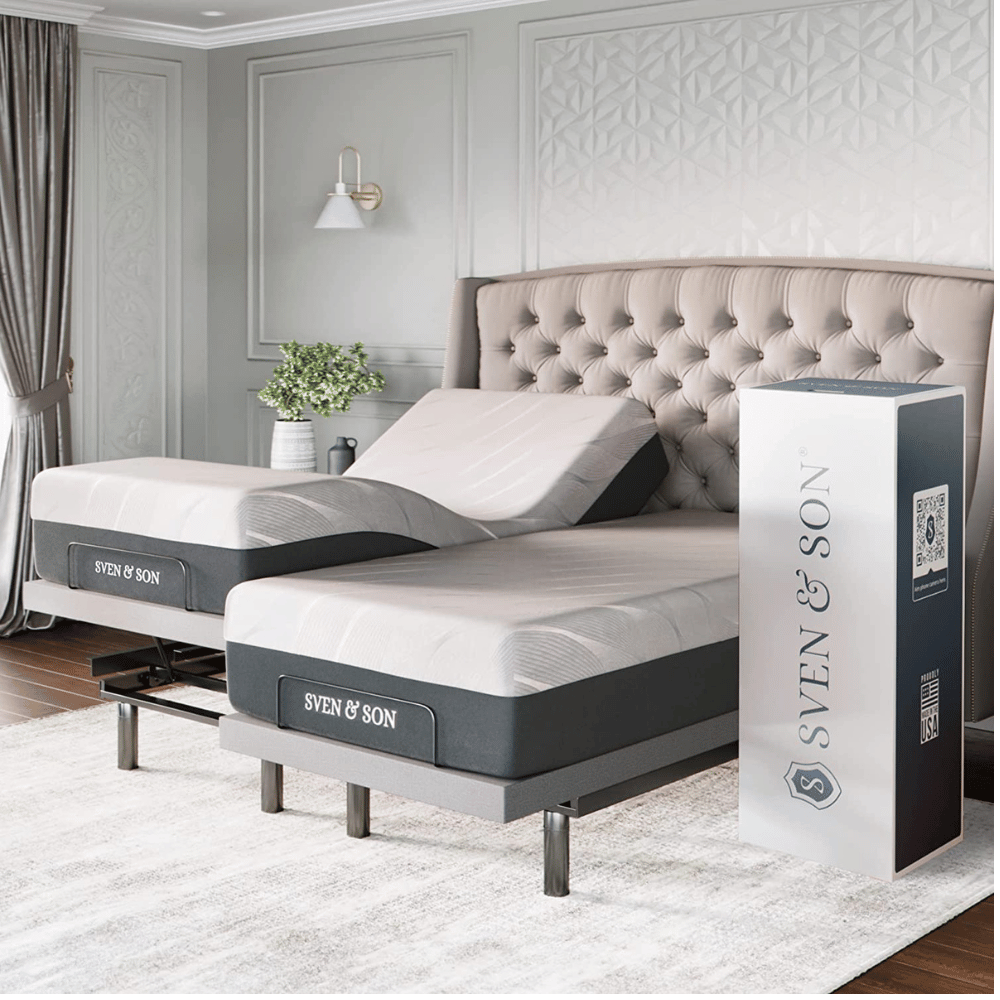
Spot Cleaning Stains with Baking Soda
Spot cleaning is often required for older or tougher stains. You can use a suitable remover and gently work into the stain with a damp cloth.
Always follow the care instructions on your cleaning product, like baking soda, to avoid damaging the mattress, and blot dry to prevent moisture buildup.
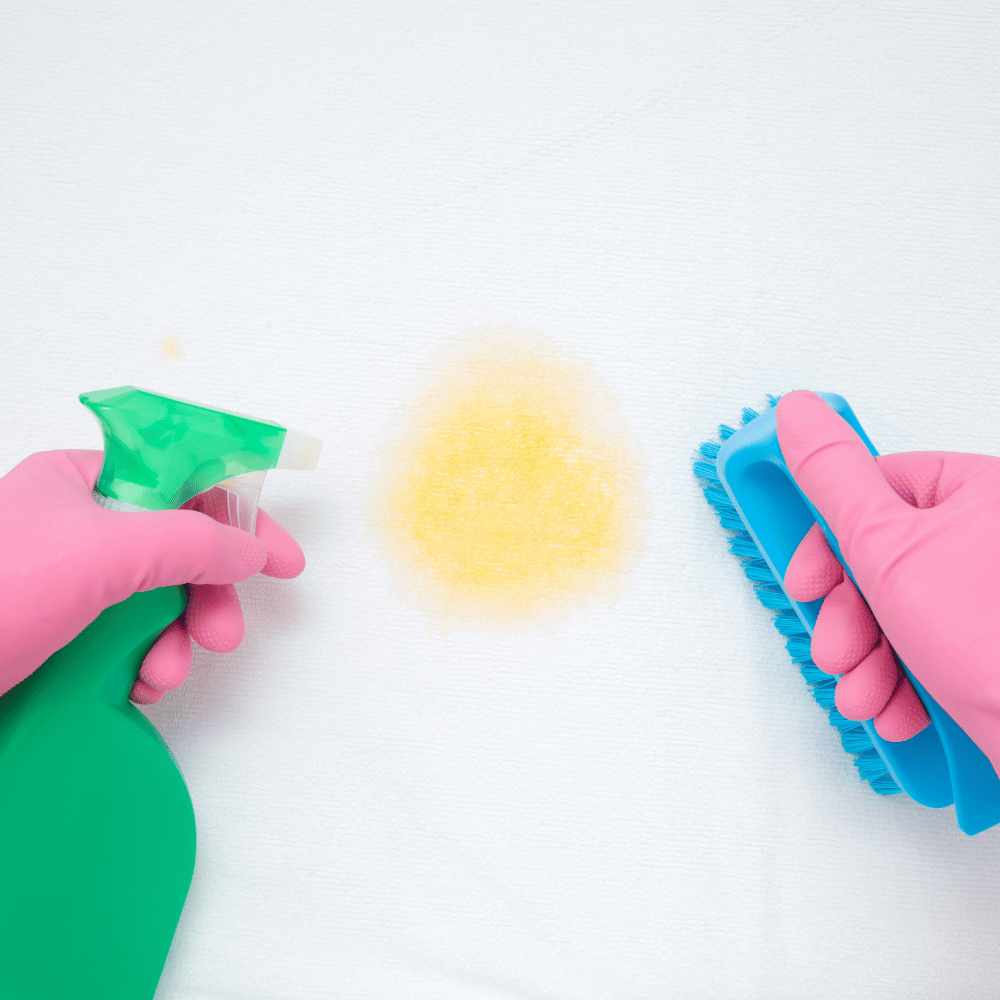
DIY Stain Removers and Their Effectiveness
In addition to commercial cleaning products, a few common household items can be effective DIY stain removers.
- Baking soda, for instance, is excellent for removing odors and lightening up some stains.
- Baking soda solutions are highly effective for deep cleaning.
- A paste made from baking soda and a small amount of water can be applied directly to stains, left to dry, and then vacuumed off. Hydrogen peroxide is another powerful stain remover.
- Mixed with liquid dish soap and baking soda, hydrogen peroxide is a potent solution for washing and spot-cleaning stubborn stains, particularly from bodily fluids like urine. It can also lighten fabric.
Check why mattress certifications matter for choosing hypoallergenic materials and easier cleaning routines.
Start by stripping all bedding—remove bed sheets, protectors, and the fitted sheet—then vacuum with a HEPA filter using an upholstery attachment to eliminate dust mites, pet dander, and debris.
Simple steps to clean stains:
- Blot fresh stains with a damp cloth (not hot water) to avoid spreading.
- Apply a DIY cleaner based on stain type—white vinegar and water for general stains; hydrogen peroxide paste for urine or blood. Blot gently.
- Sprinkle baking soda, let sit 30–60 minutes to absorb moisture and odors, then vacuum.
Avoid over-wetting: only use a damp cloth, not soaking, to prevent mold. Once cleaned, air dry completely—ensuring the mattress is completely dry before replacing bedding is crucial.
Section 3: Commercial Cleaning of Mattress
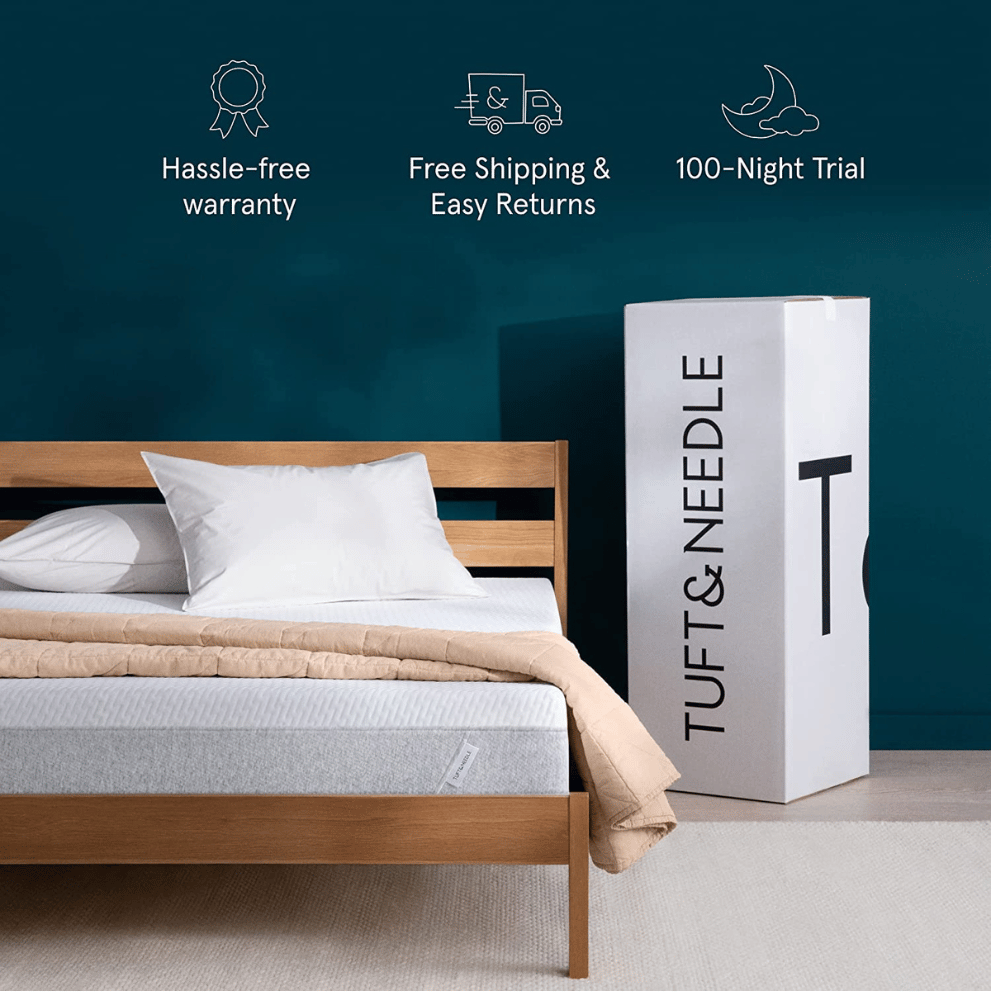
MPC Eradicate Powerful Mattress Stain Remover
- MPC Eradicate is an excellent choice for stubborn and ingrained stains. This powerful cleaner, especially effective on biological stains like urine and blood, combines enzymes and detergents to break down stains and eliminate odors.
- Its easy-to-use spray bottle for application allows you to target stains directly, making cleaning a breeze. In addition, it is a non-toxic, biodegradable solution.
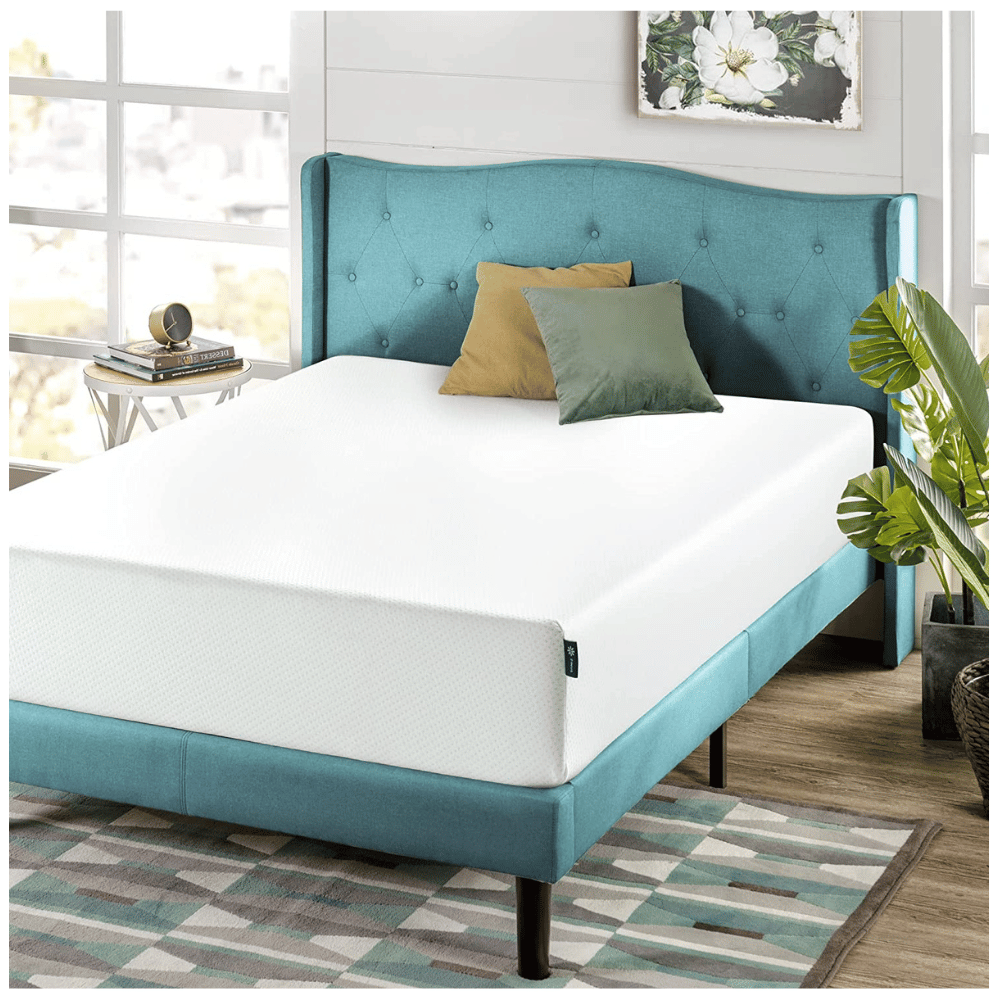
Dyson V7 Trigger: Best Vacuum for Mattresses
- The Dyson V7 Trigger is hard to beat when vacuuming your mattress. This cordless handheld vacuum cleaner removes dust, allergens, and small particles.
- It's equipped with a powerful motor that ensures deep cleaning and a variety of attachments, including mini-motorized items and a crevice tool perfect for mattresses.
It is easy to handle, and its hygienic dirt ejector system makes the disposal process a cinch. A clean mattress starts with a thorough vacuuming.
For deeper sanitization, many homeowners opt for steam clean or hot water extraction cleaning services. Companies like Stanley Steemer and Chem-Dry use hot water wands and high-powered vacuums to remove embedded contaminants; Chem-Dry’s carbonated cleaning solution lifts dirt with minimal moisture, drying in just a few hours.
Benefits of professional cleaning:
- Effectively removes odours, urine, and pet dander
- Kills dust mites with high heat
- Rapid drying reduces excess moisture.
In Atlanta, services like Mr. Steam are rated 4.9 stars for mattress cleaning that fights dust mites and allergens, especially important in damp climates.
Consult the definitive mattress size and dimension guide to choose a properly fitted protector before cleaning.

SECTION 4: Using Mattress Covers and Encasements
A quality mattress cover is the best way to clean your mattress. It protects against spills and allergens, making maintenance easier and more effective.
Mattress covers and encasements are valuable to your bedding. They provide a protective layer between your mattress and potential sources of dirt, allergens, and stains.
- In addition, they are easy to remove and machine-washable, simplifying your cleaning process significantly.
- A waterproof mattress encasement is especially useful in preventing liquid spills from seeping into the mattress core.
Moreover, they can keep dust mites and bugs at bay, protecting those with allergies. Finally, invest in a high-quality, breathable cover to ensure your mattress stays fresh and clean longer while not compromising sleep comfort. Remember, a good mattress cover is easier to clean than the mattress itself!
A high-quality mattress protector acts as a barrier against dust mites, liquid spills, pet fur, and stains. Choose micro-perforated allergen-proof encasements to allow airflow without letting humidity or moisture penetrate.
For long-term storage or moving, opt for non-vented plastic mattress bags, which better shield against moisture and pests, compared to vent holes that only release air during packing. Always use fresh bed sheets immediately after ensuring the mattress is completely dry.
Discover the 15 best mattress vacuums to eliminate allergens and dust mites, perfect for deep-cleaning before steam or chemical treatment.
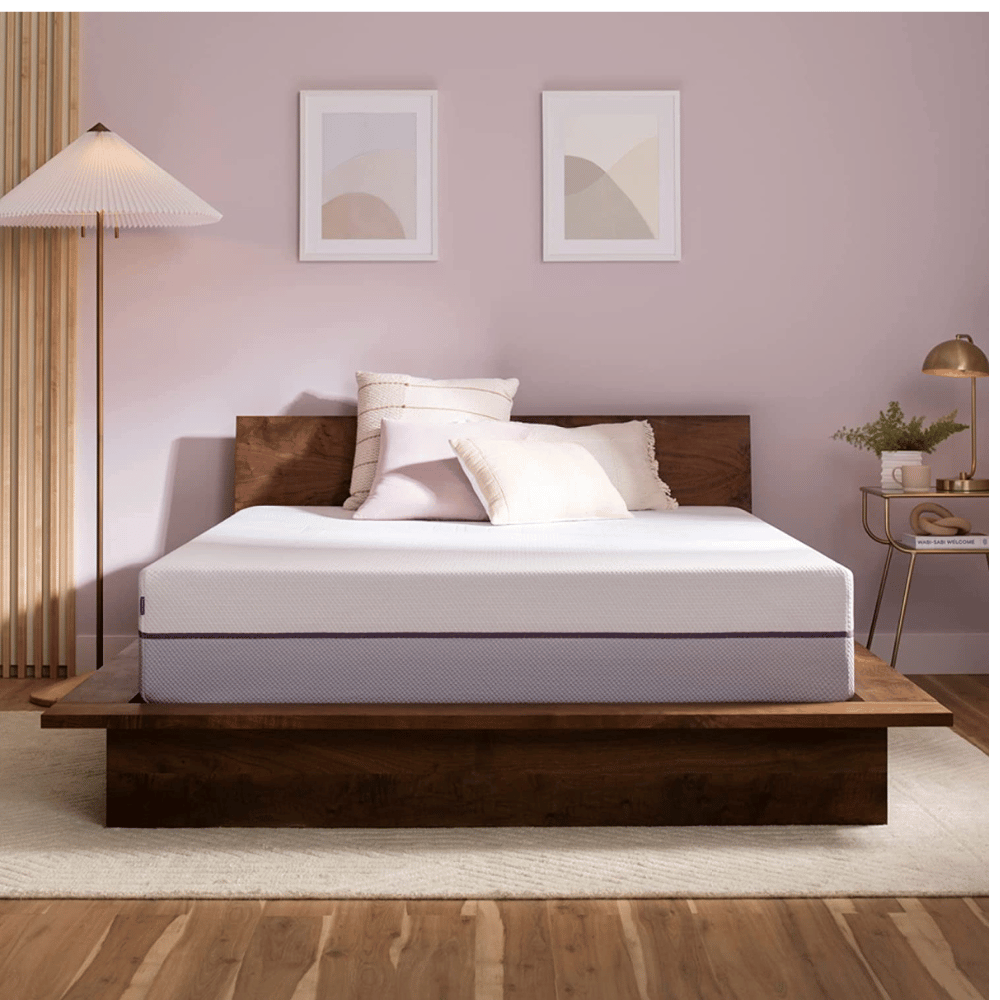
Section 5: Mattress Care: 5 Best Practices
A conventional wisdom approach to mattress care can greatly extend your mattress's life and ensure a healthier sleep position or environment. For example, regular vacuuming helps remove dust and allergens, while frequent rotation and flipping prevent uneven wear.
Please use appropriate cleaners, like baking soda, to clean any stains or spills. Protect your mattress with a high-quality cover against accidental spills and dirt. Ensure your bed frame provides proper support to prevent sagging.
Don't eat or drink on your mattress to avoid potential spills. Lastly, replace your mattress every 7-10 years for optimal sleep quality and hygiene.
- Vacuum monthly with a HEPA filter – reduces allergens like dust mites and pet dander, keeping the surface fresh.
- Wash bedding weekly in hot water (≥ 135°F) to kill dust mites and clear bodily fluids.
- Rotate or flip the mattress every 3–6 months to prevent sagging and uneven wear.
- Spot treat spills immediately – use the recommended cleaners, then blot and air dry fully.
- Use mattress covers/encasements to prevent stains, allergens, and excess moisture buildup
To remove stains, always spot-clean promptly, then sprinkle baking soda and vacuum. Rotate the mattress every 6 months. Finish by allowing it to air dry completely, preventing mold.
Follow expert tips from mattress maintenance and care guides to extend mattress lifespan and support effective stain removal and cleaning routines.
✅ Quick 3‑Step Routine to Keep Your Mattress Clean
- Step 1: Strip and vacuum the mattress thoroughly.
- Step 2: Spot clean stains, then sprinkle baking soda over the whole surface.
- Let it air dry completely, then re-cover with fresh sheets.
💡 Pro Tip: DIY Freshening Spray
Mix equal parts white vinegar, water, and a few drops of fabric refresher in a spray bottle. Lightly mist stained areas, blot with a damp cloth, then sprinkle baking soda. Vacuum after 30 minutes and air dry.
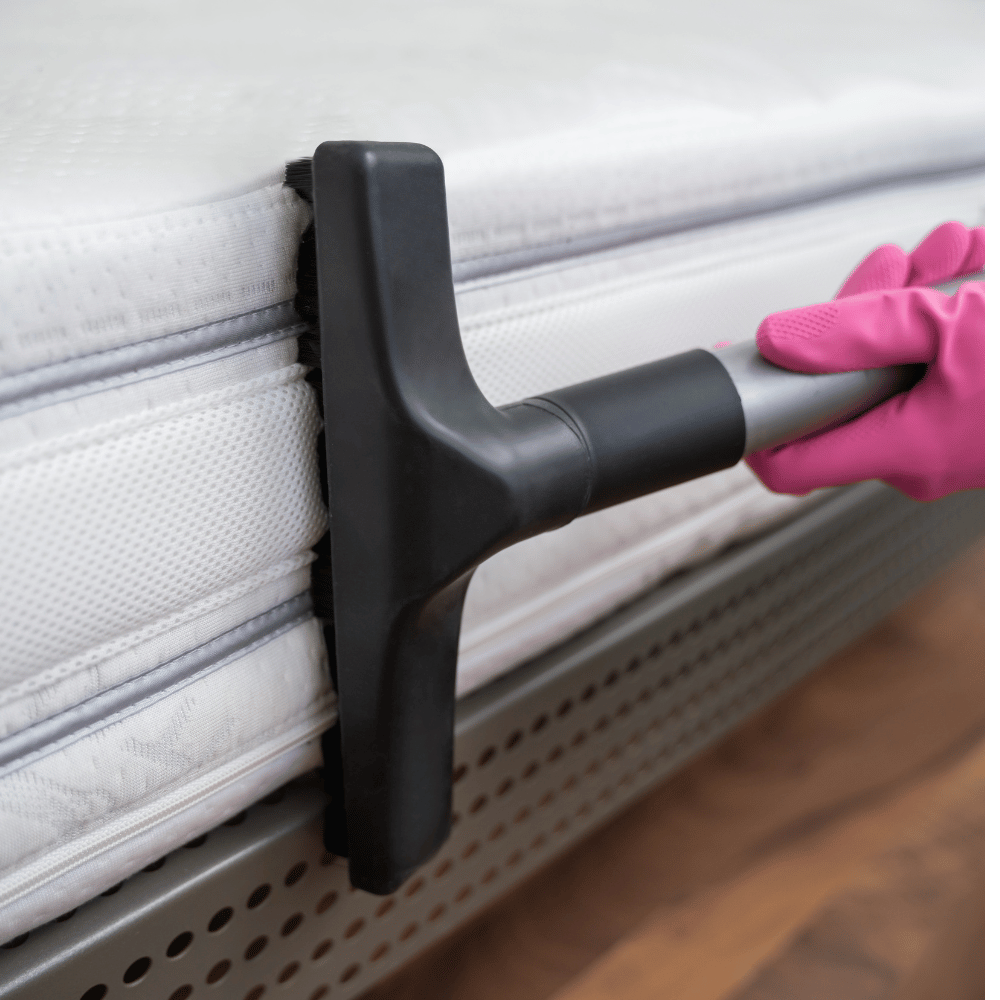
Conclusion
A mattress should be washed regularly, so a cleaning schedule is integral to maintaining a fresh and healthy sleeping environment.
Immediate attention to spills or stains is crucial to prevent them from setting in. Pair this with a quality cover and the right mattress, and your sleep area will stay cleaner for longer.
I recommend consulting a board-certified dermatologist who can advise on safe, allergen-reducing cleaning practices for a healthier sleep environment.
Cleaning your mattress may seem daunting, but with this expert advice and tips, it becomes a manageable and rewarding routine.
Learn spot cleaning methods for memory foam mattress toppers using a mild detergent and damp cloth to preserve integrity and hygiene.
FAQs
How often should I clean my mattress?
Generally, it's recommended to use a vacuum cleaner on your mattress monthly and deep-clean it twice a year. However, please consider more frequent washing or cleaning if you suffer from allergies.
Can all stains be removed from a mattress?
While many stains can be removed or lightened with proper cleaning, some older or deeply-set stains might be difficult to eliminate.
How do I get rid of any entrenched stains?
Use a vacuum with an upholstery attachment to remove entrenched stains, pet stains, loose debris, or any other stains from the mattress.
Then, mix a solution of equal parts water and vinegar or hydrogen peroxide. Next, dab the solution onto the stain and let it sit for 10-15 minutes before using a clean cloth to remove the stain and blotting the mattress fabric away the liquid.
How do I remove fresh stains?
Act quickly and blot up as much liquid and yellow stains as possible with a different clean cloth for fresh stains. Then, mix a solution of mild dish soap and warm water.
Dab the solution and hot water onto the stain and let it sit for several hours or minutes before blotting away the liquid. You can also apply it before an overnight trip.
How to clean a mattress that's not fitted with an encasement
If your mattress has no fitted encasement, start by stripping the mattress of all linens and vacuuming the entire mattress first.
Then, use a fabric cleaner or enzyme cleaner specifically designed for mattresses. Follow the product instructions and allow the whole mattress encasement to dry completely before making the bedding.
What can I do to keep my mattress cleaner for longer?
To keep your mattress cleaner longer, use a mattress protector, wash your linens regularly, and clean your mattress with a vacuum cleaner with the bottom every few months. Mattress protectors shield your mattress from spills, stains, allergens, and dust mites, prolonging its life and keeping it clean and hygienic for better sleep.
How do you completely disinfect a mattress?
First, to disinfect and wash a mattress, use a vacuum with an upholstery attachment to thoroughly spot-clean it.
Then, use a fabric-safe disinfectant spray, baking soda to kill bed bugs, and water to mist the entire mattress surface.
How do professional cleaners clean mattresses?
Professional cleaners use specialized equipment and solutions to deep clean and sanitize mattresses.
Depending on the mattress type and the extent needed, steam or dry cleaning methods may be used.
